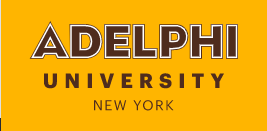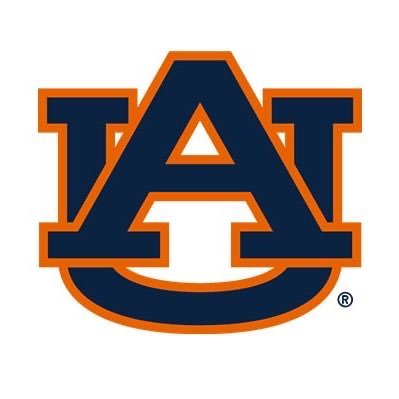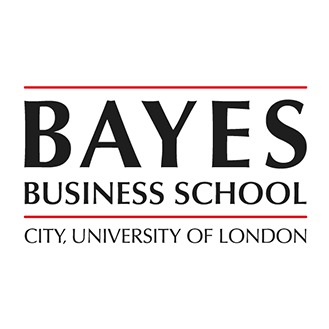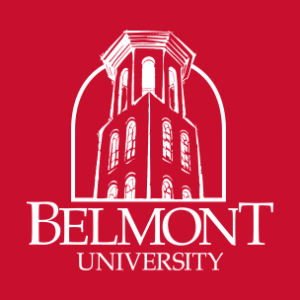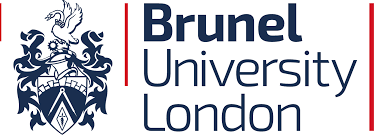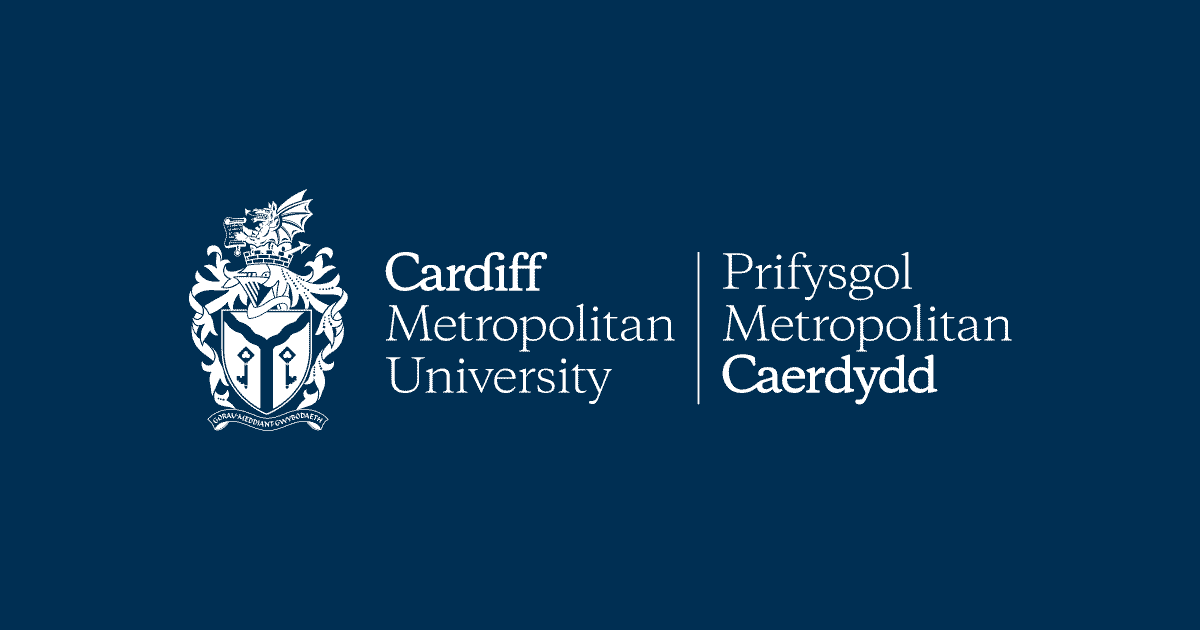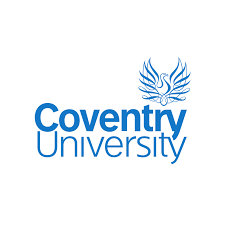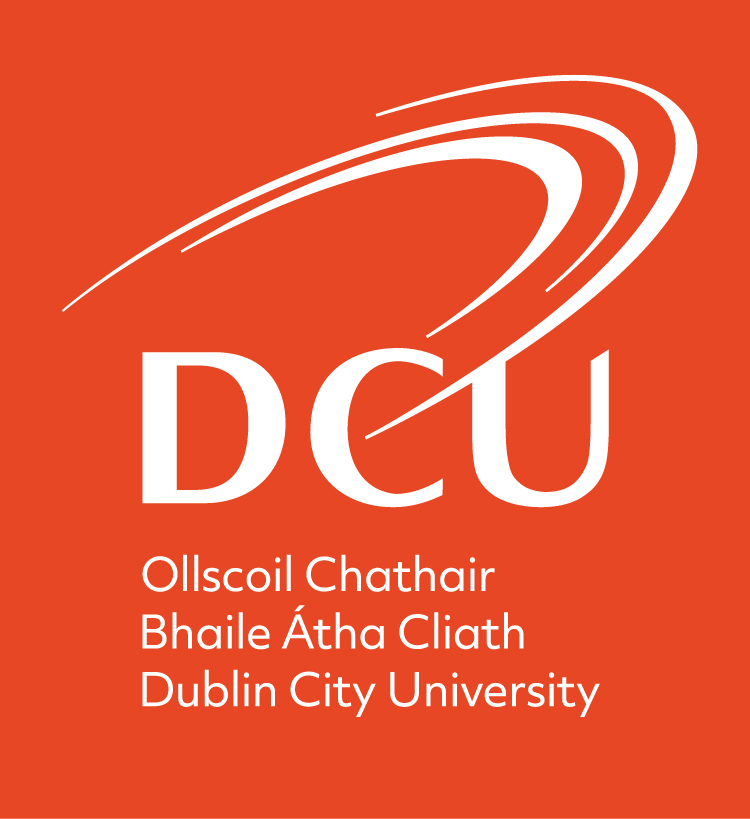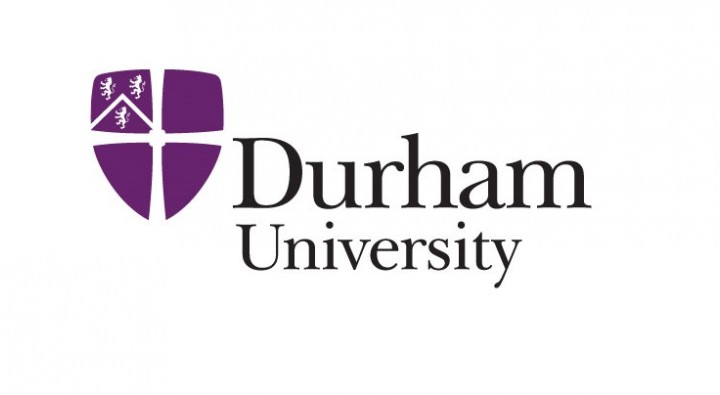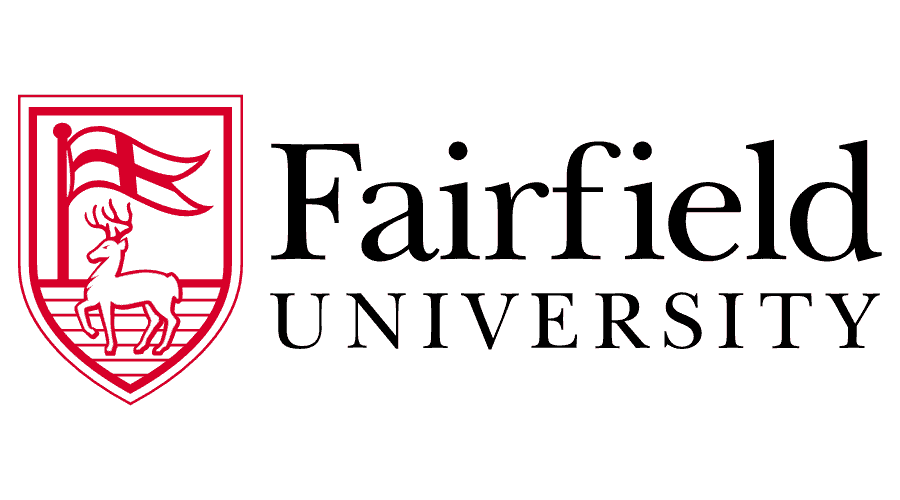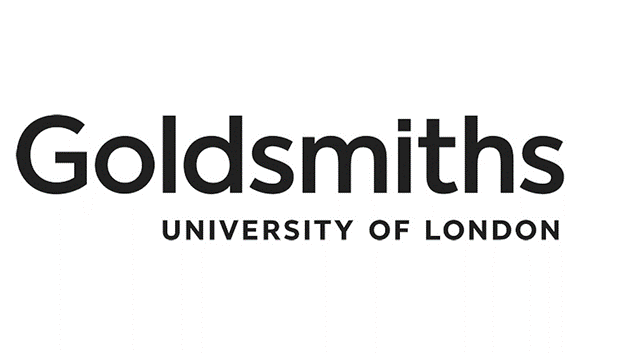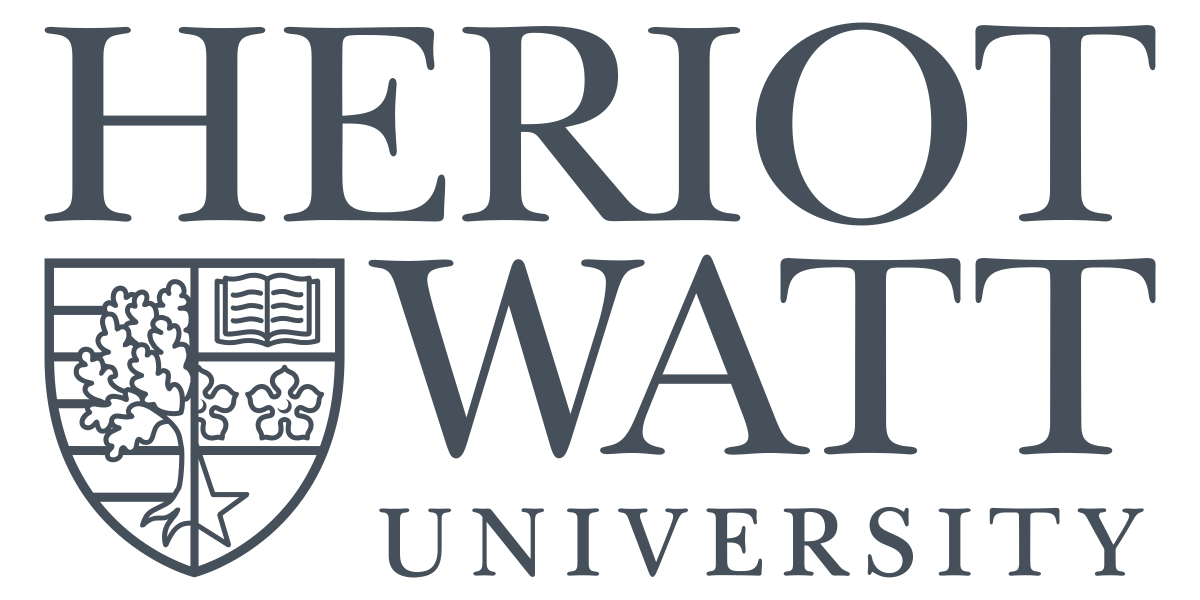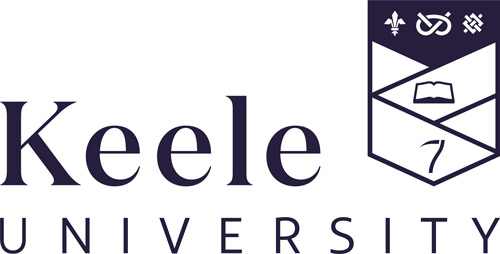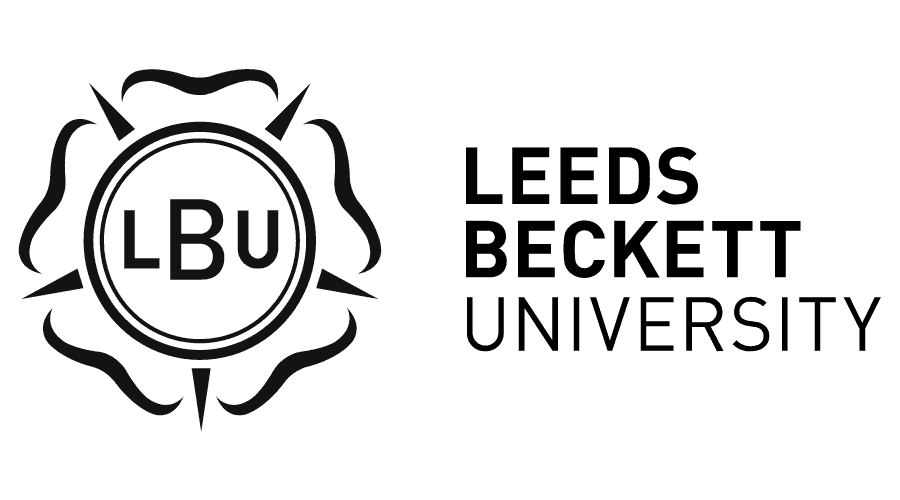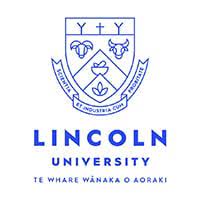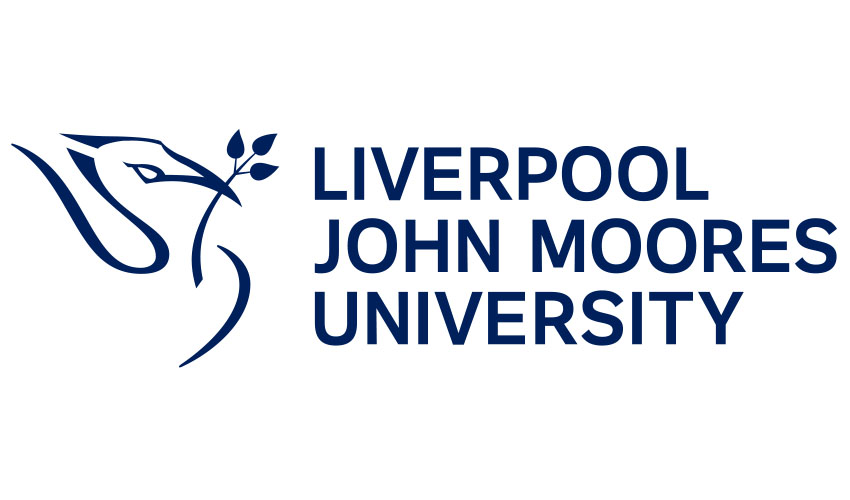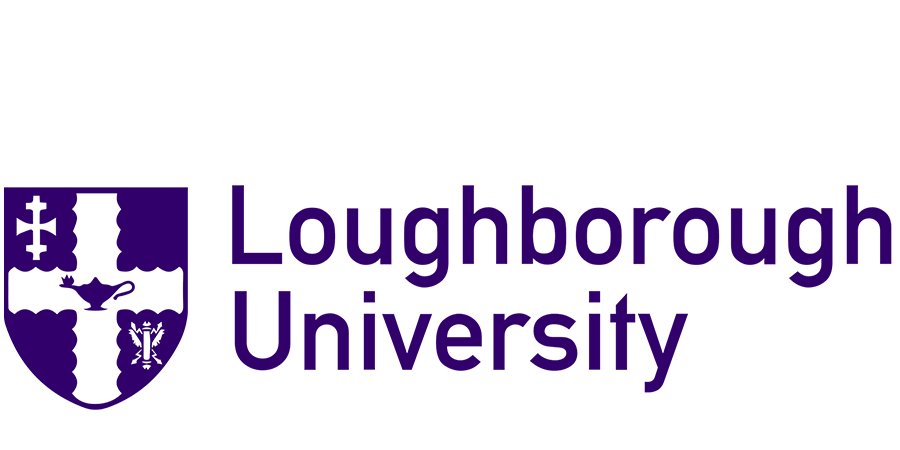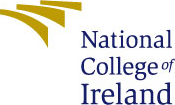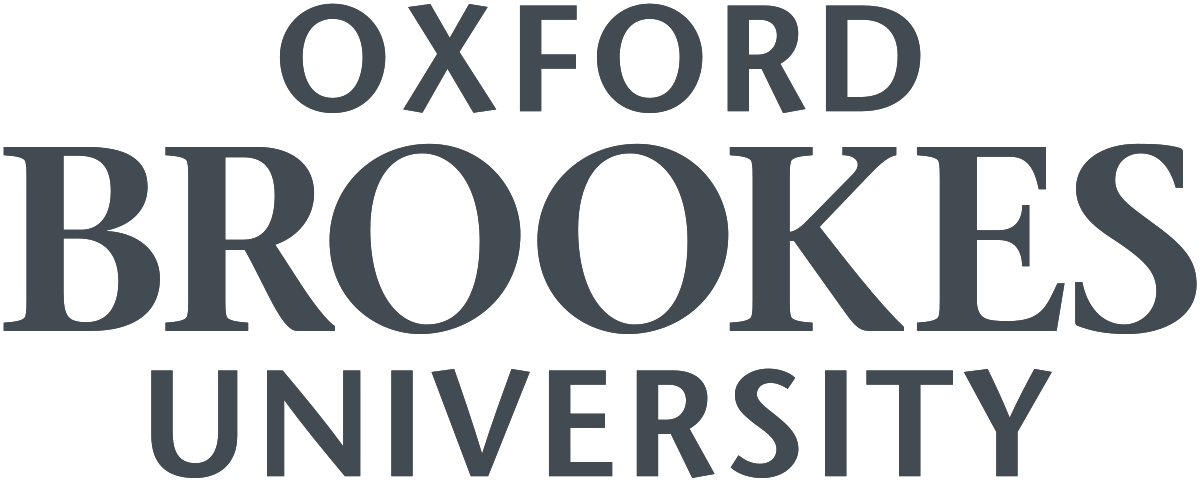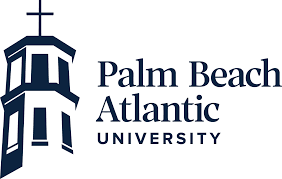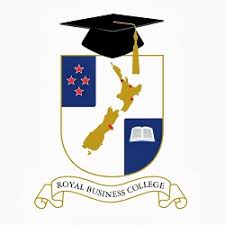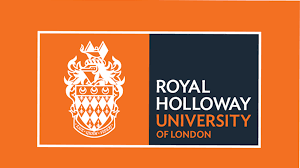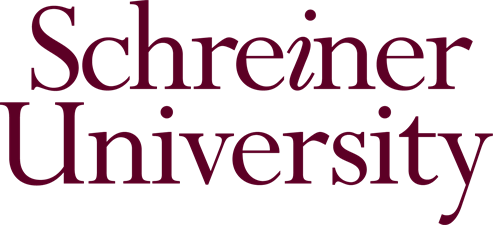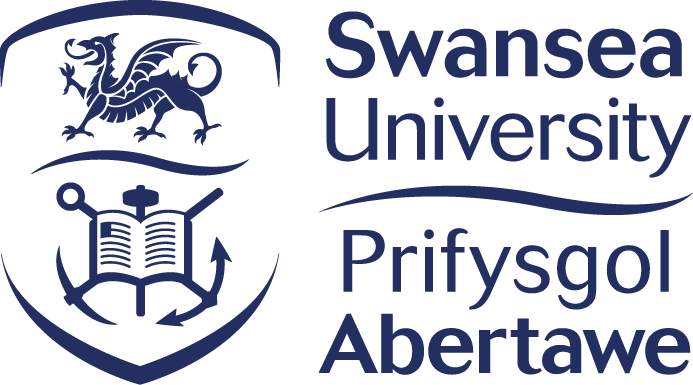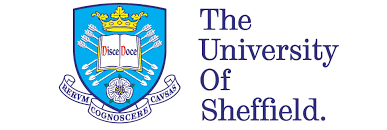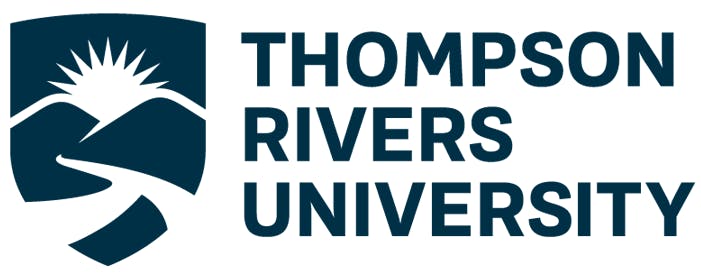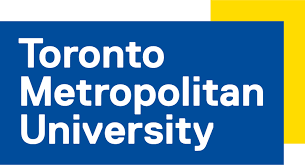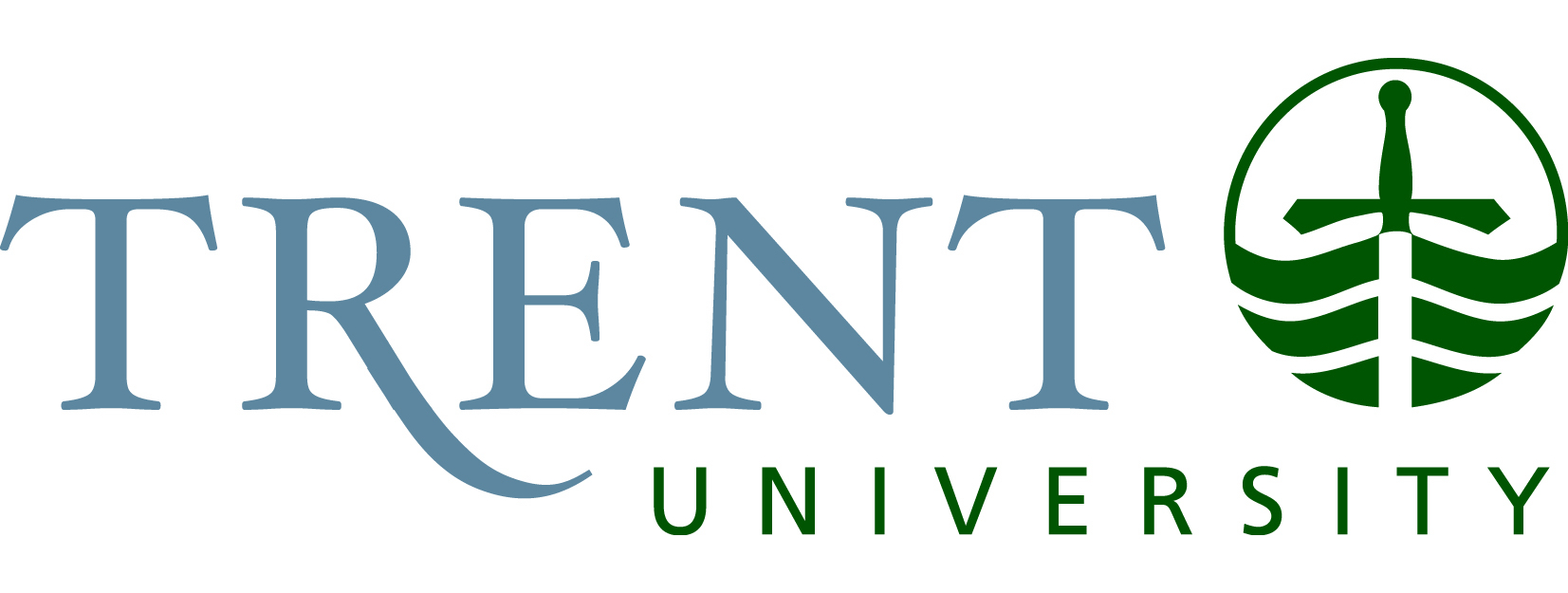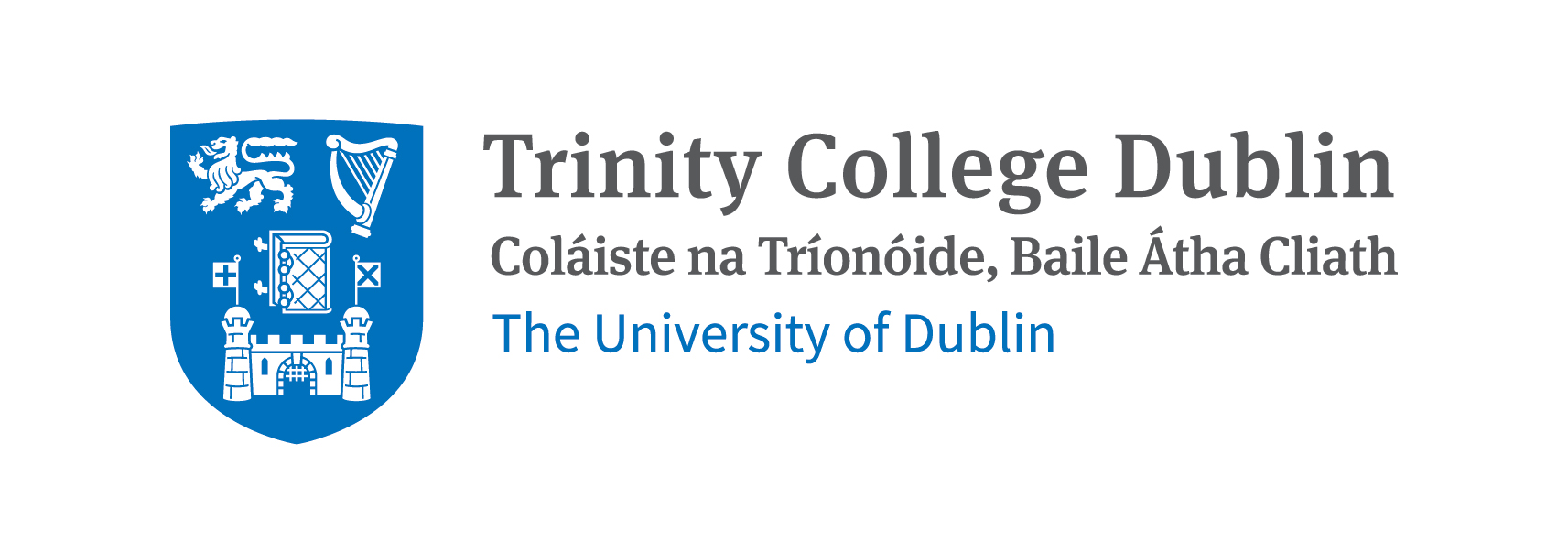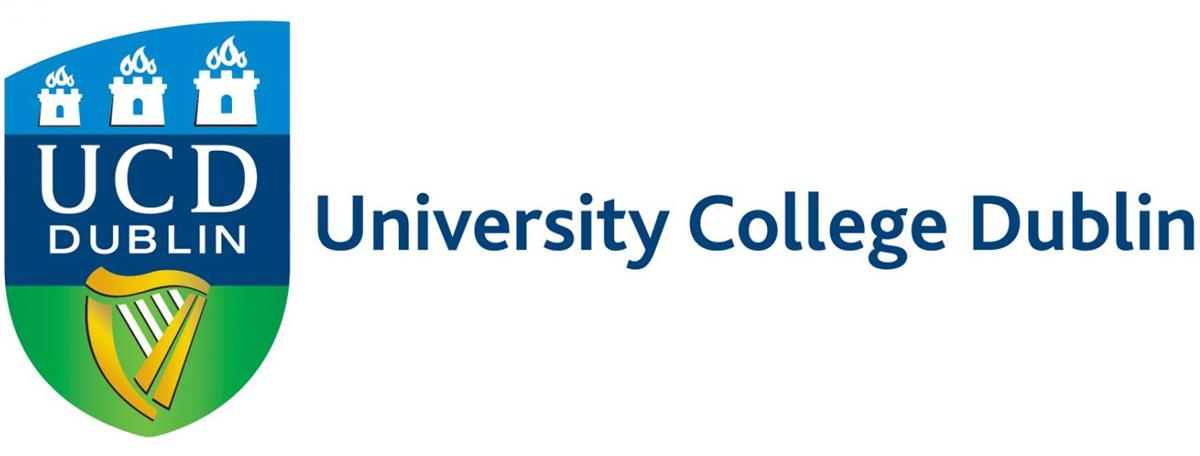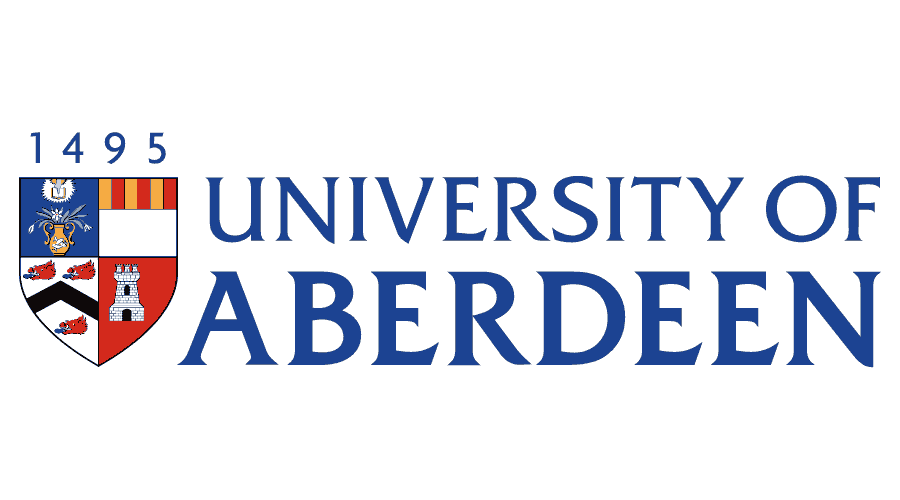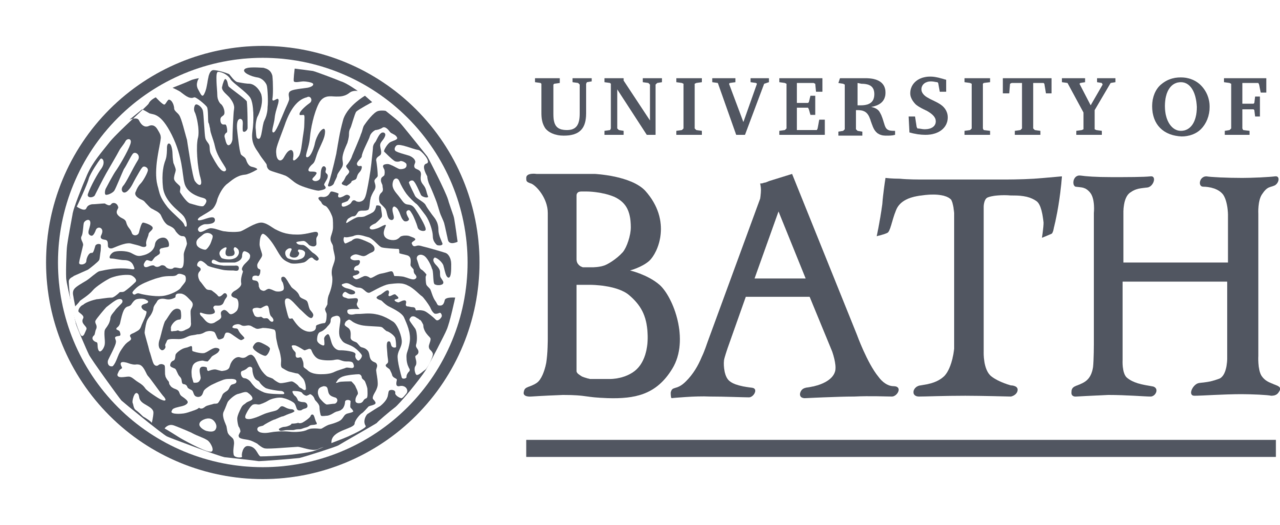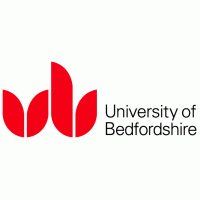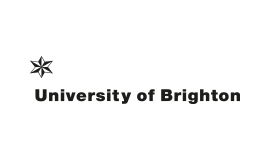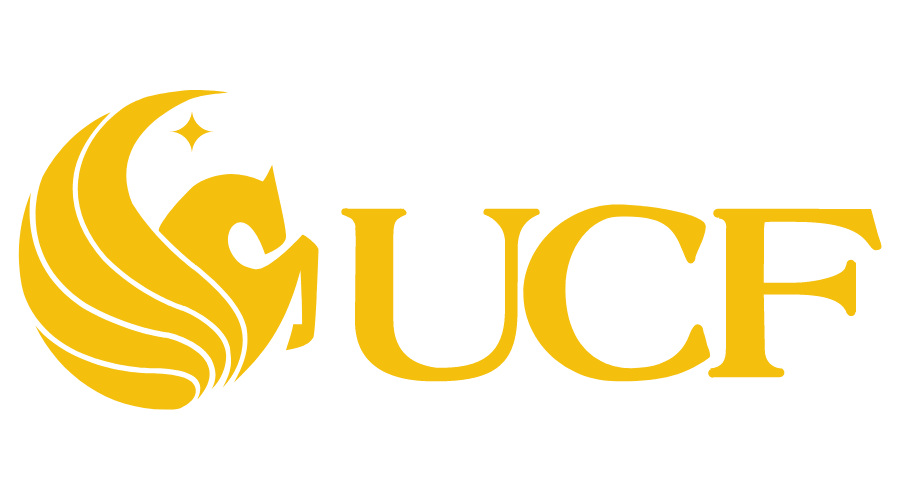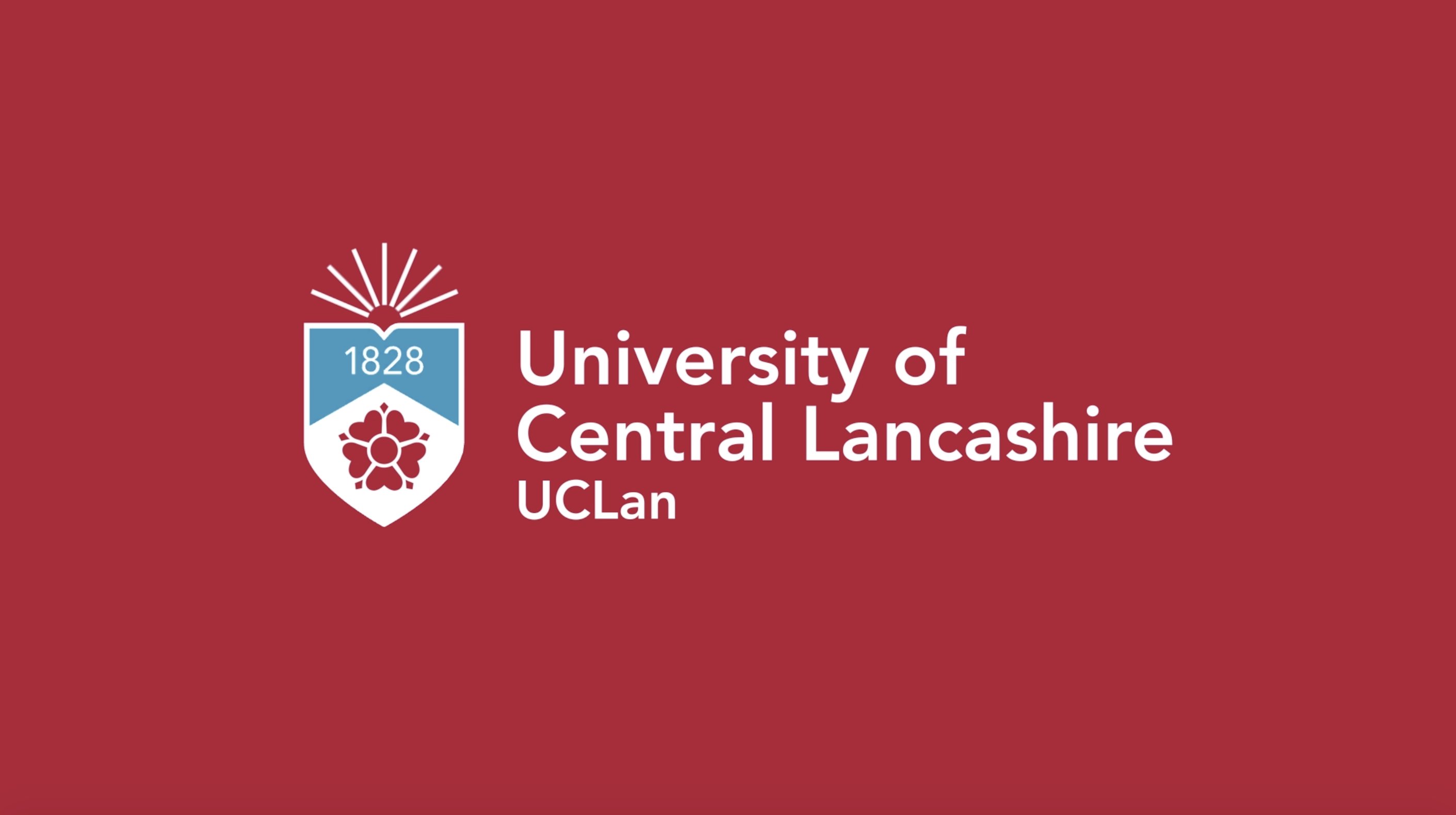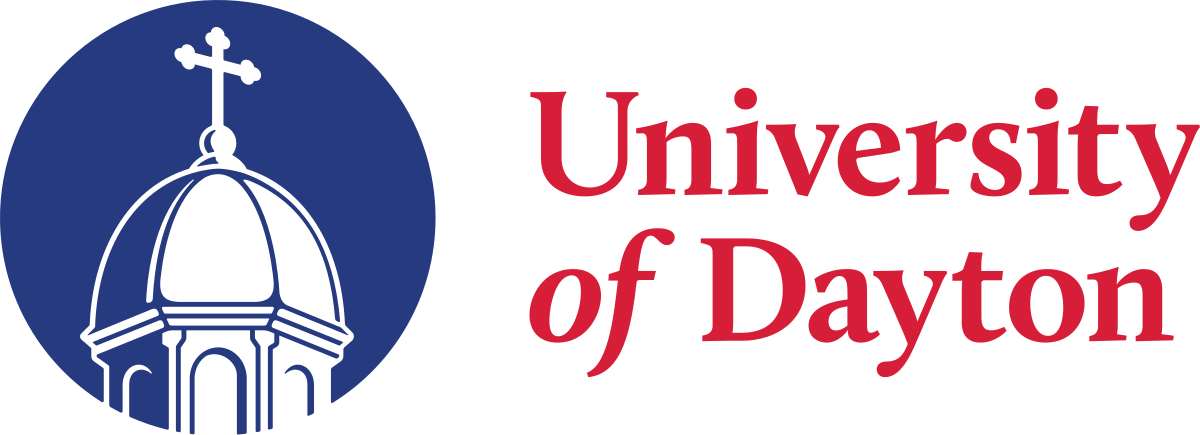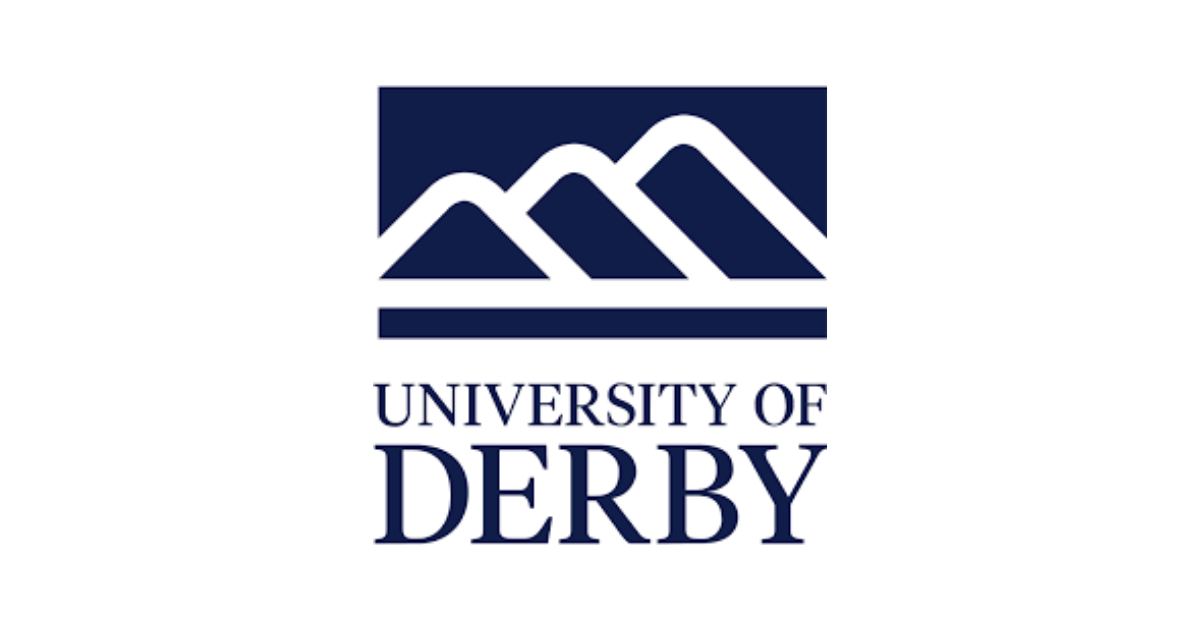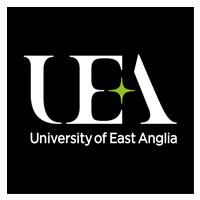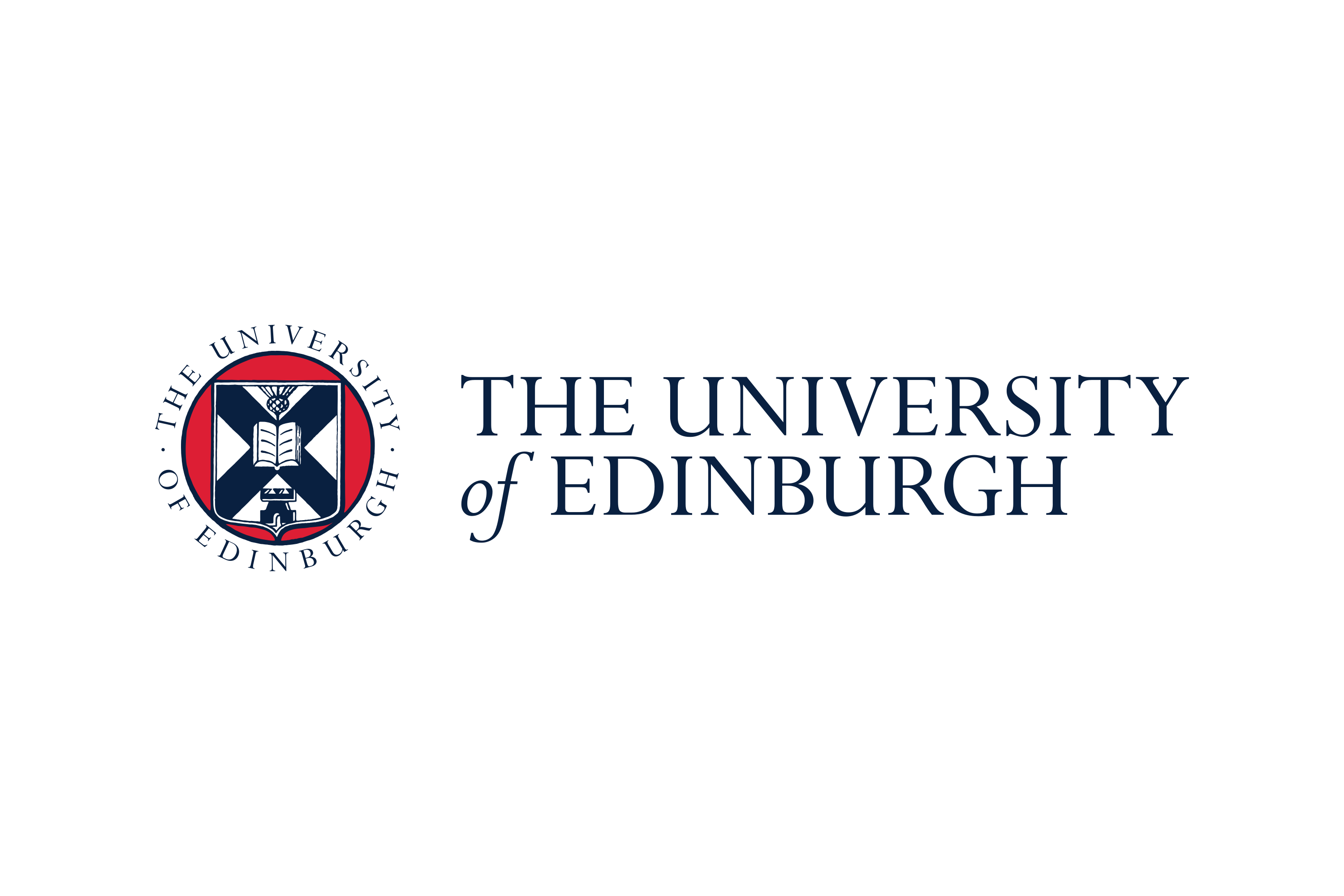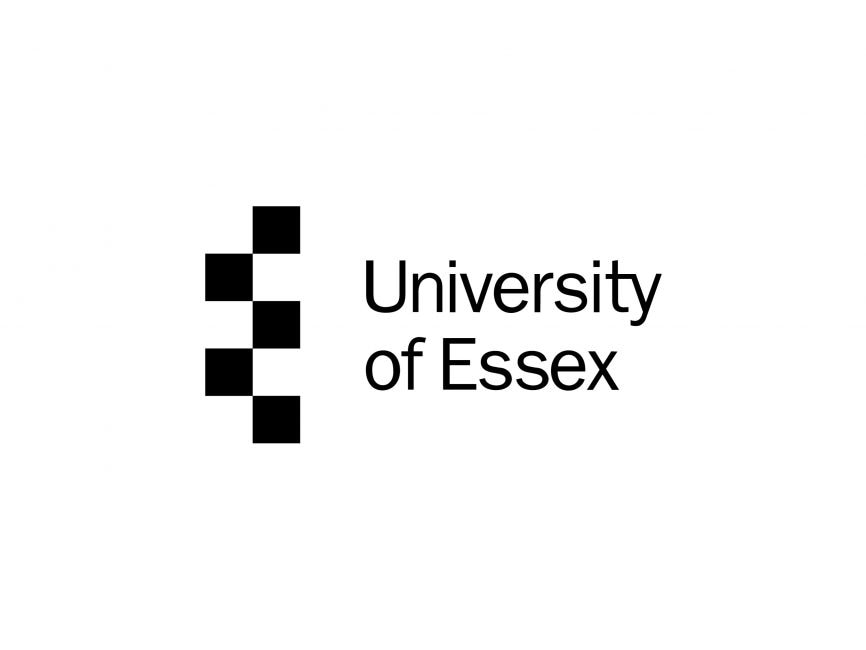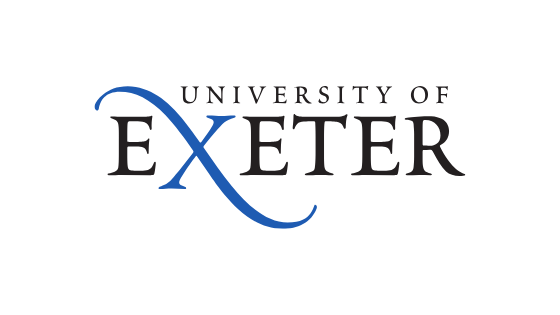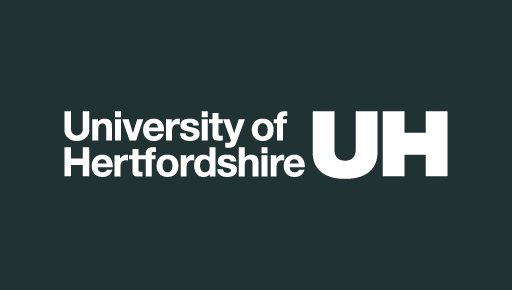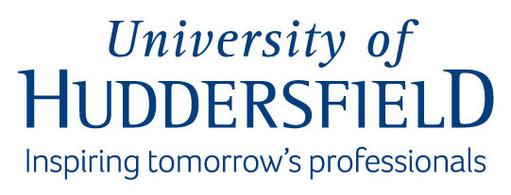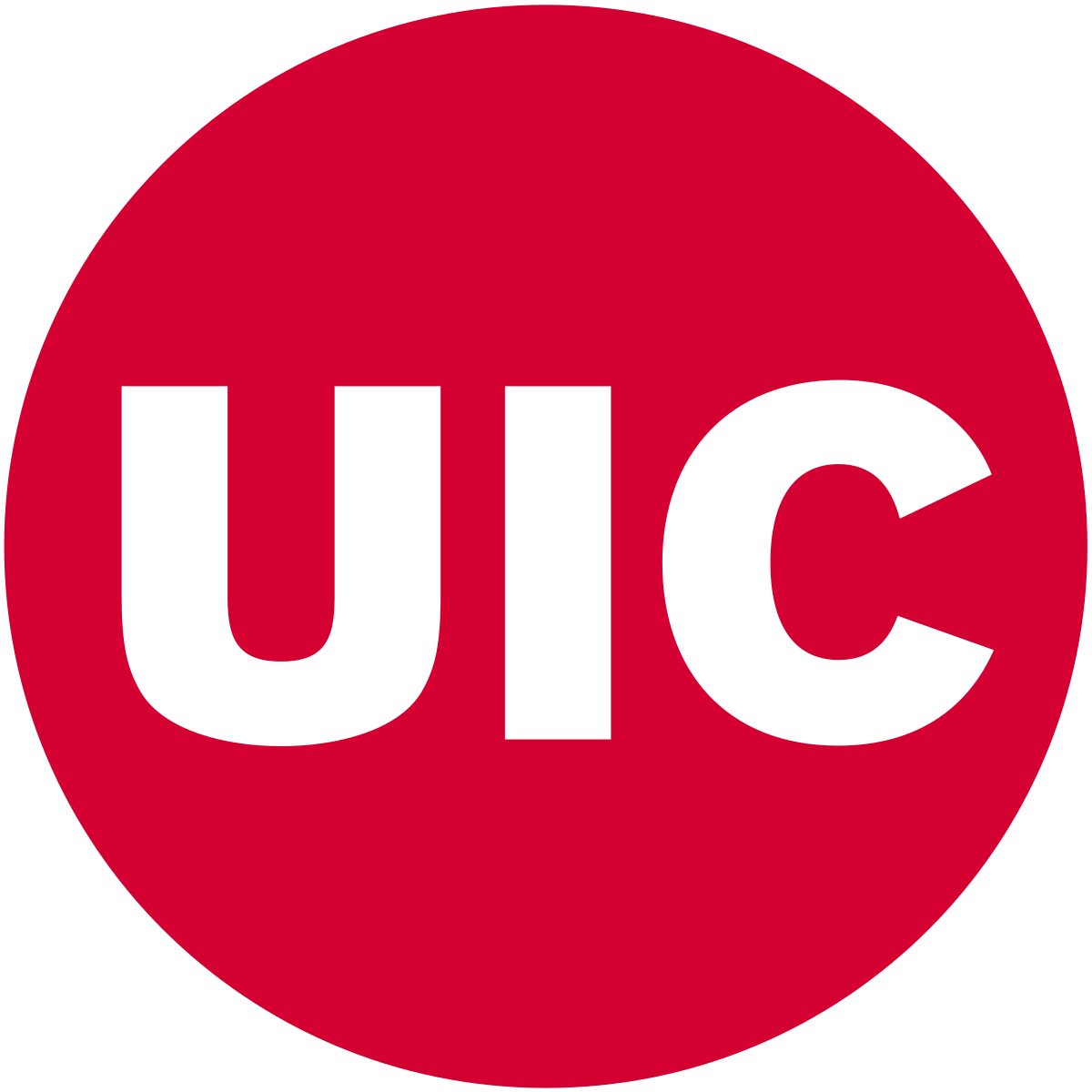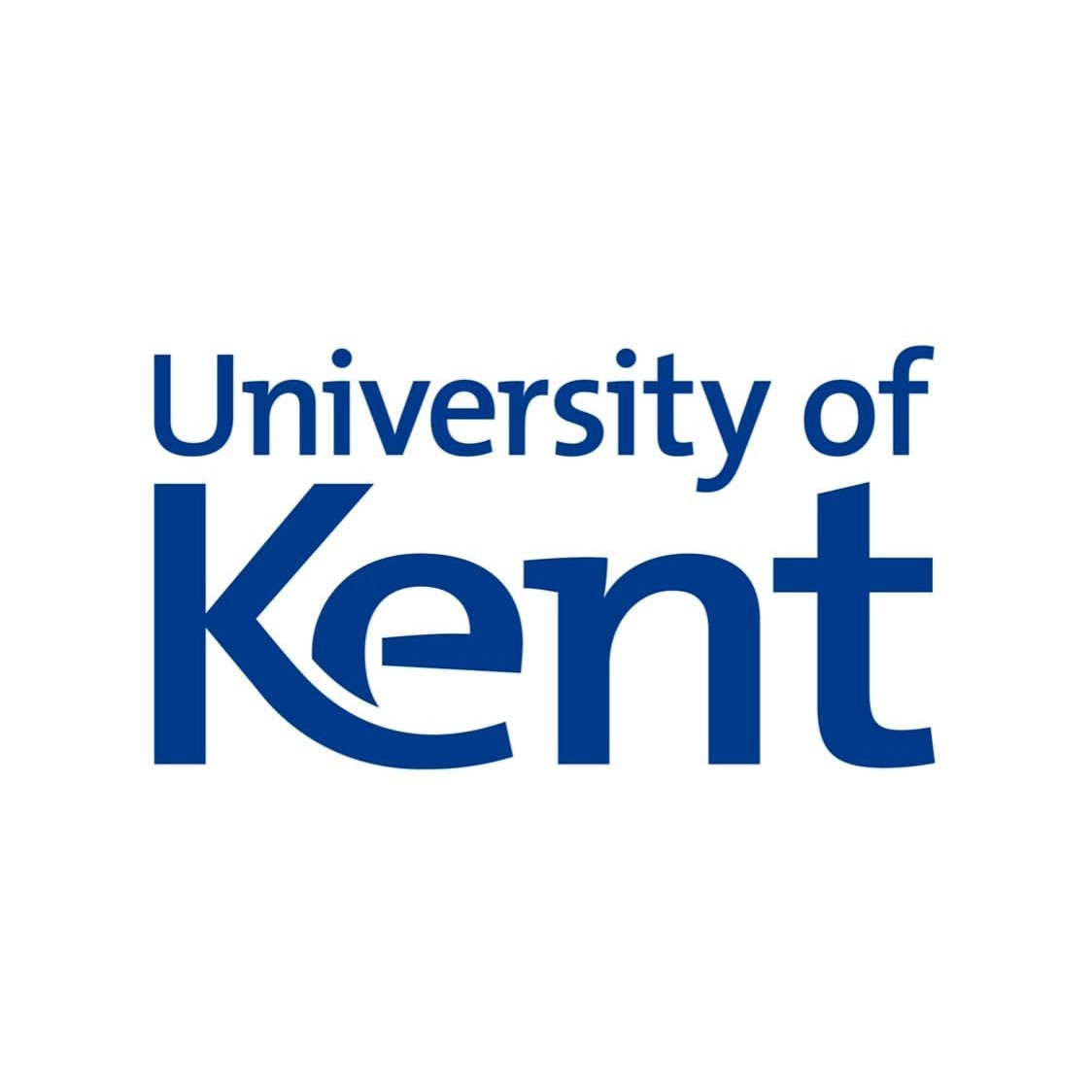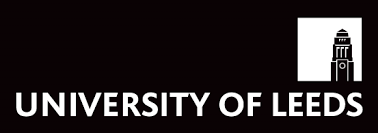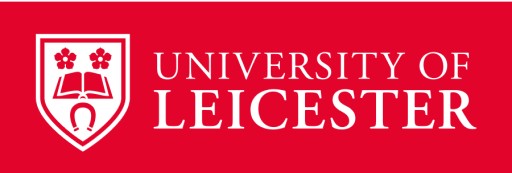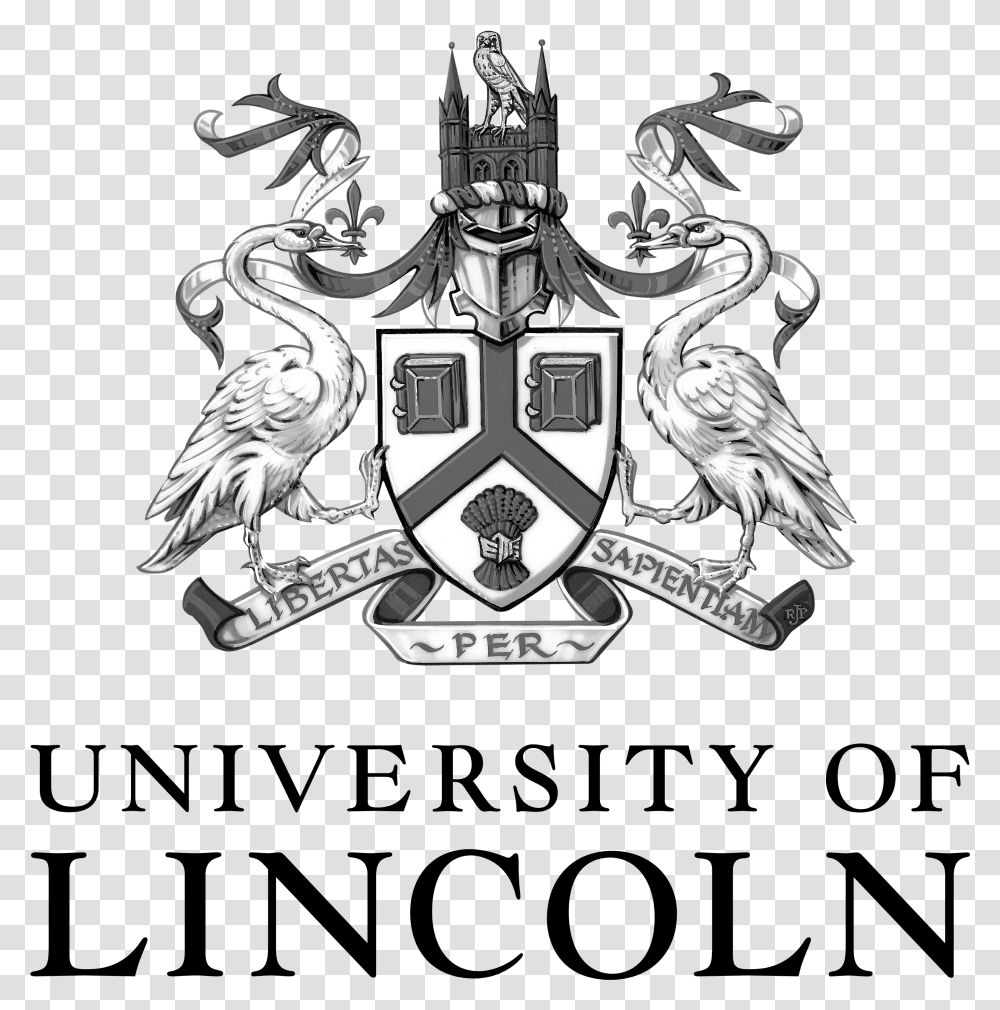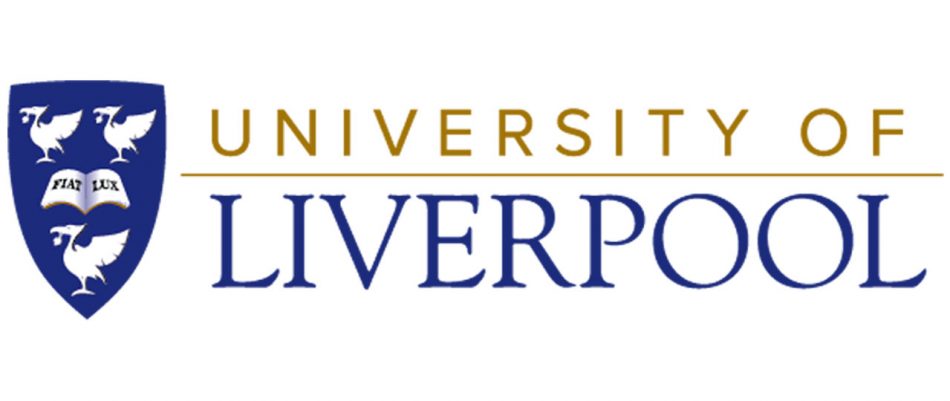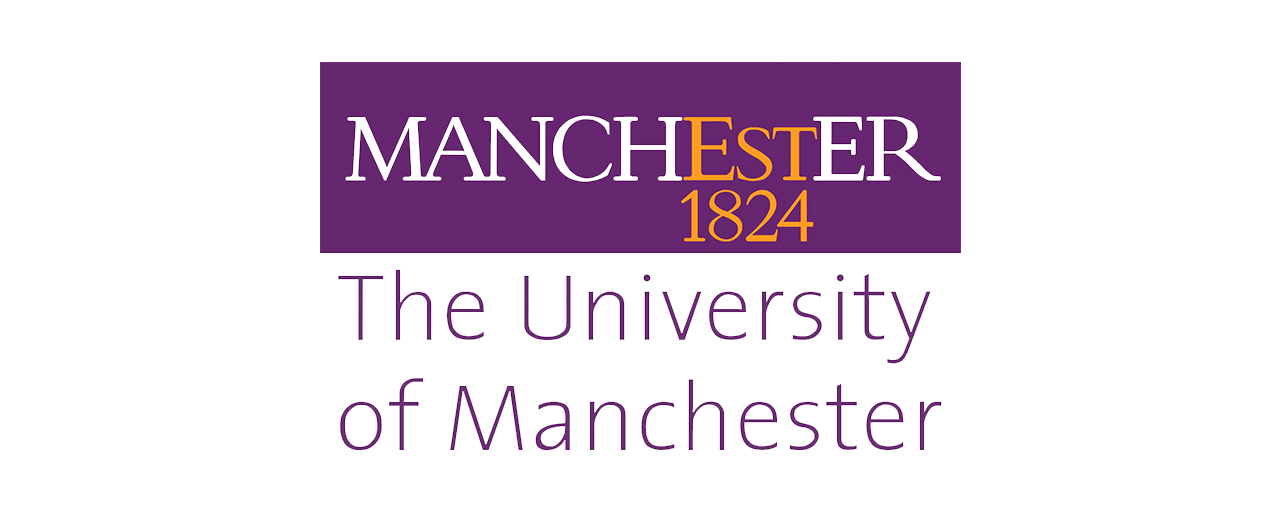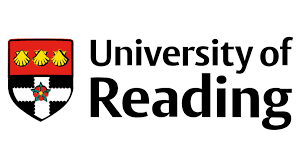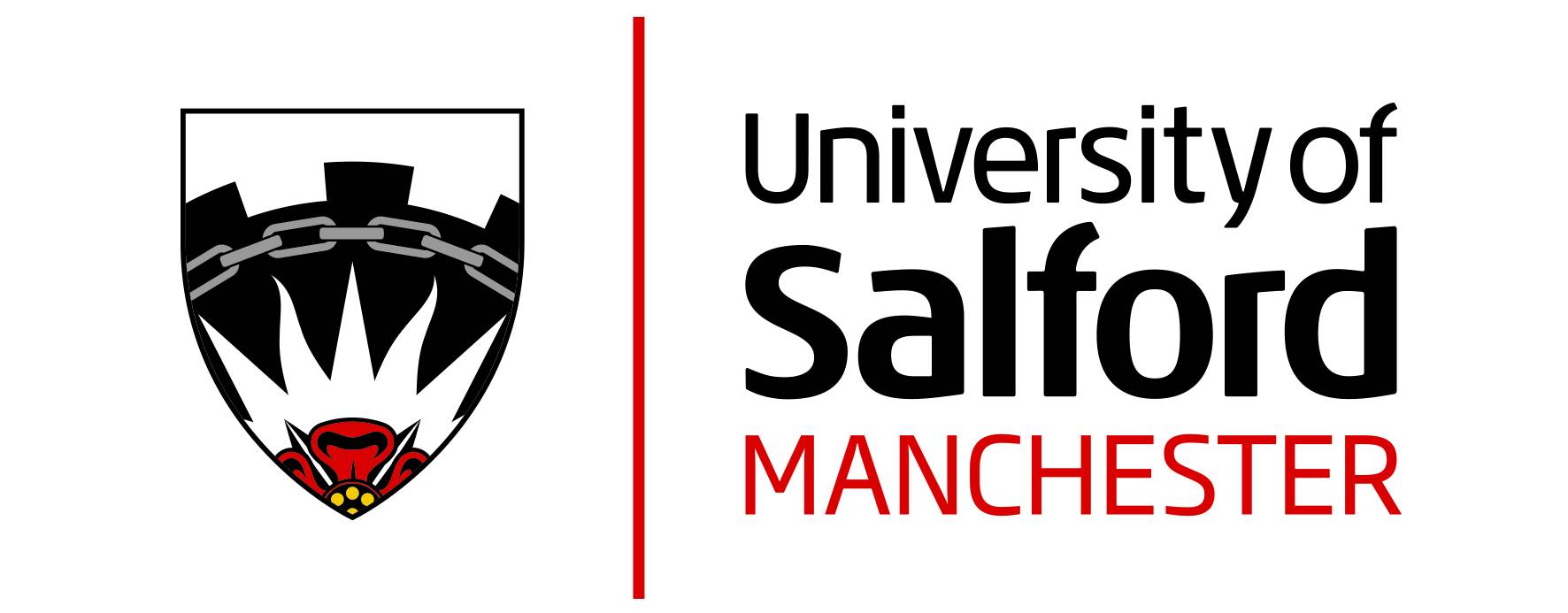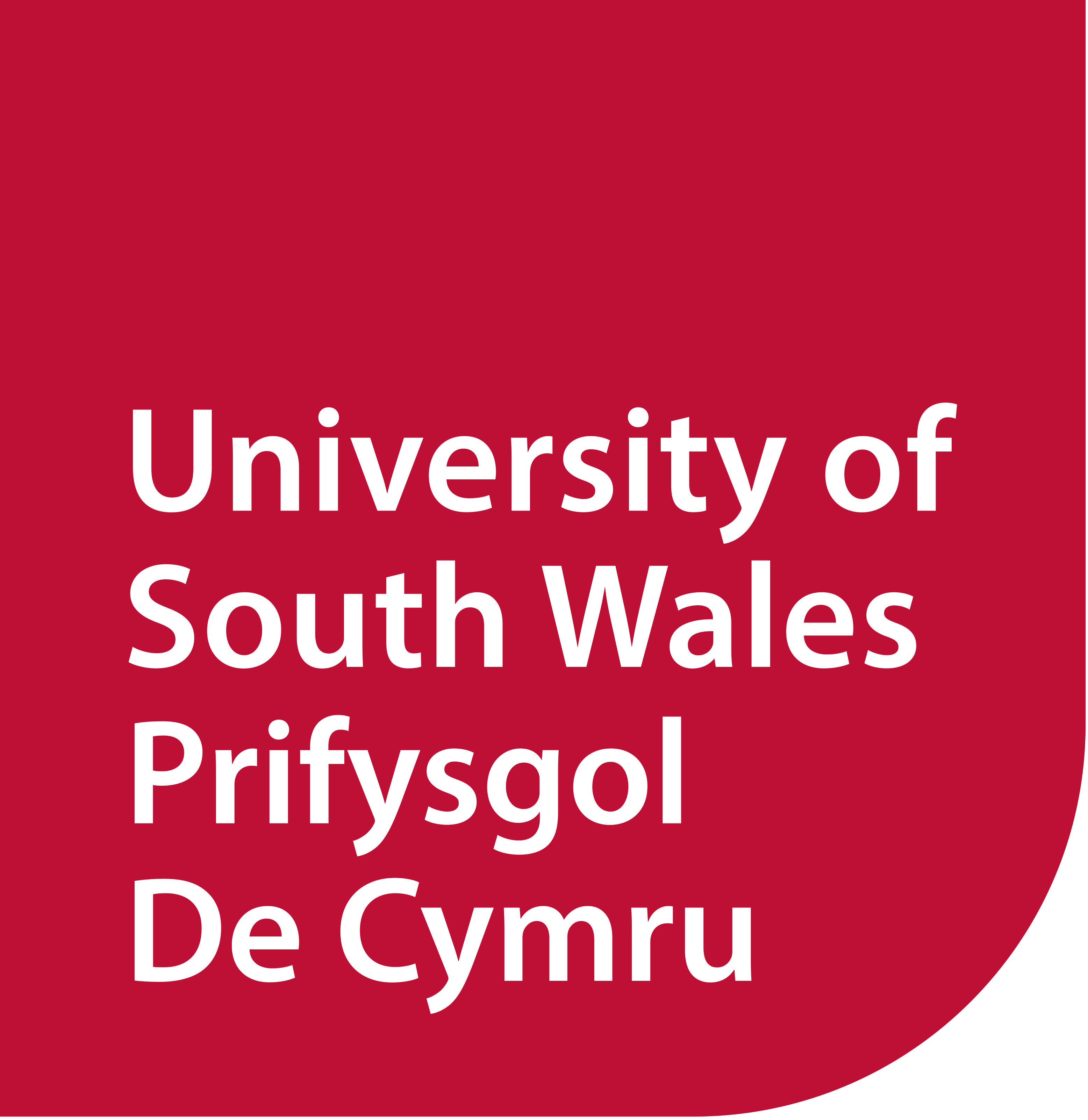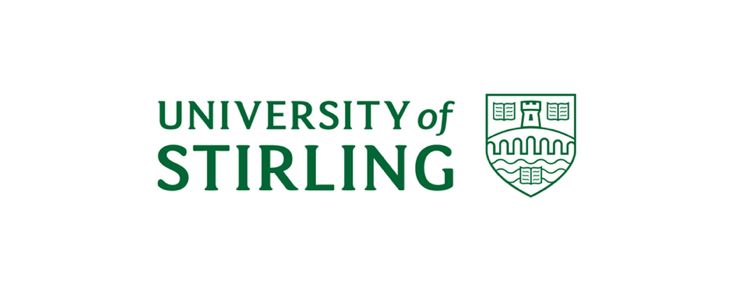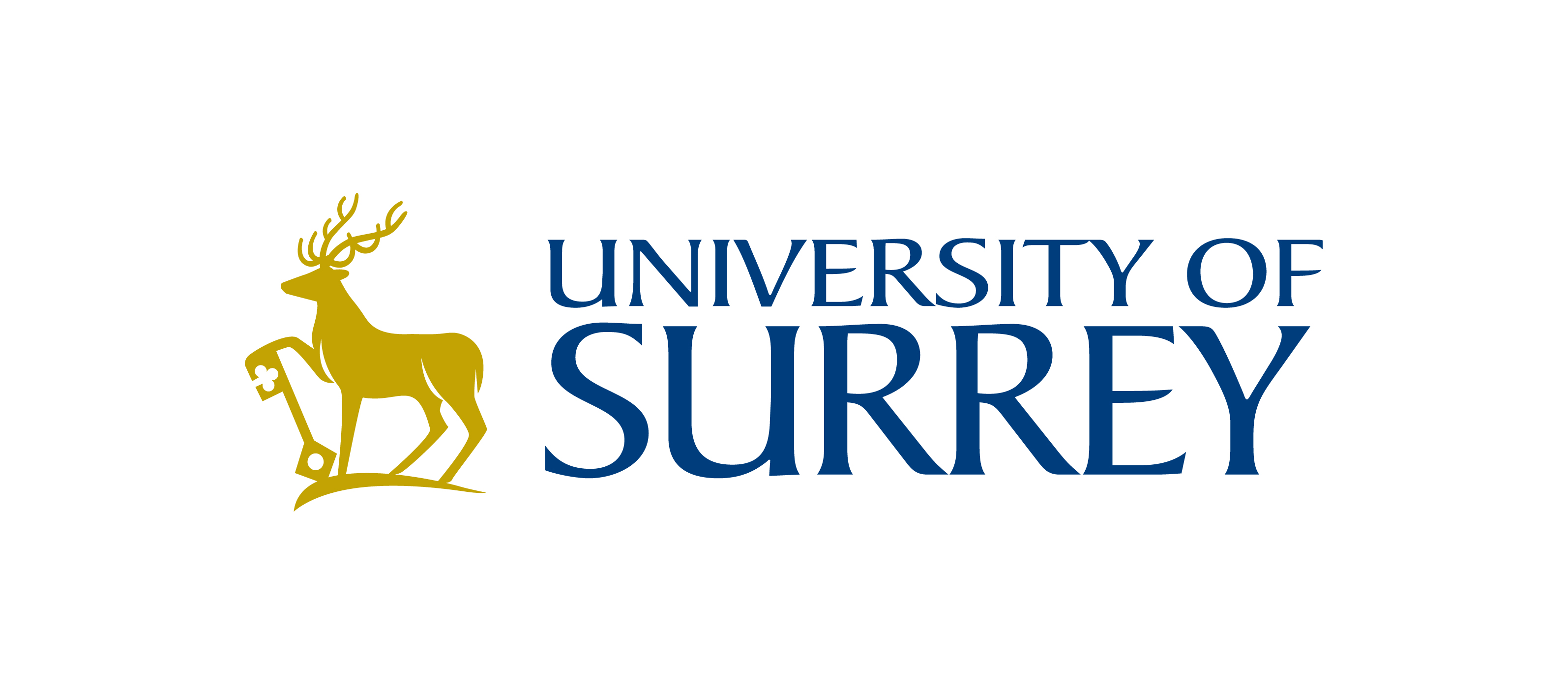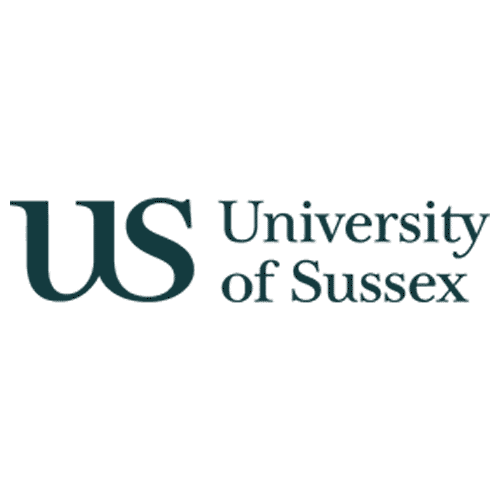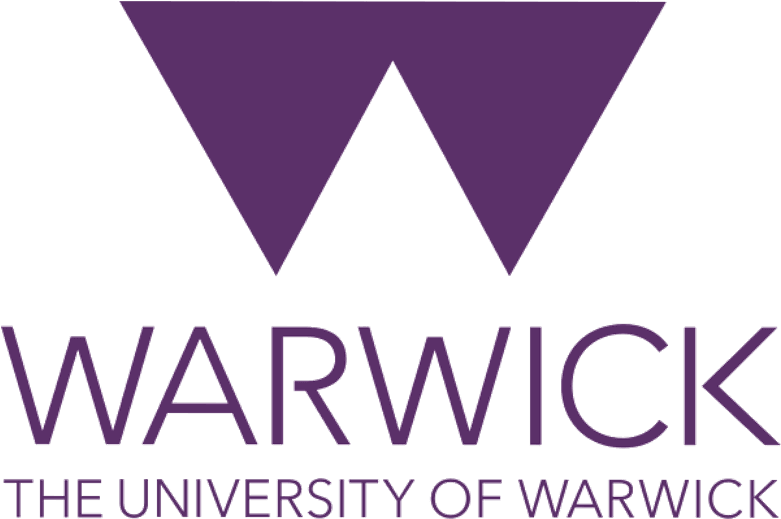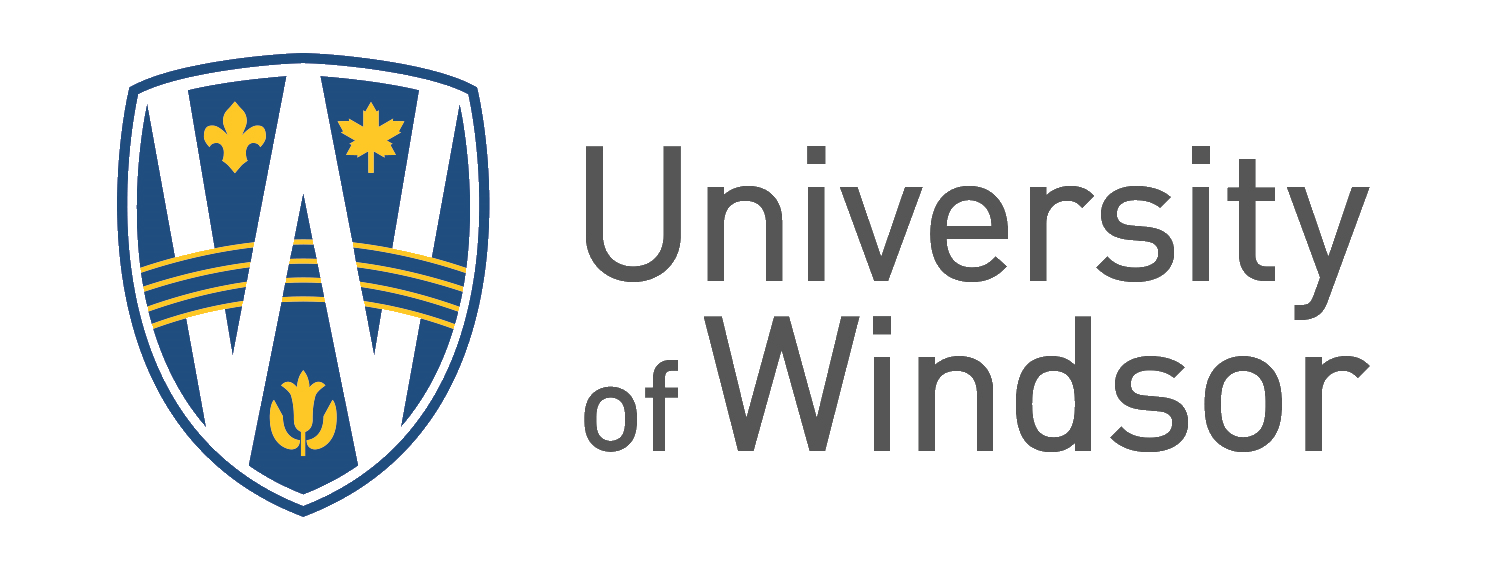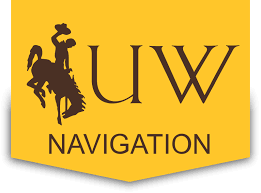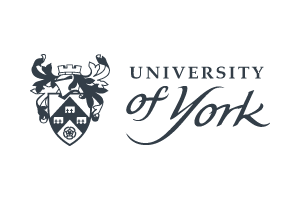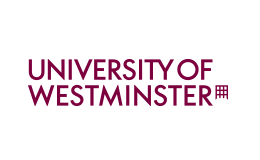Management Courses Abroad: Your Gateway to Global Leadership
Are you an Indian student with aspirations of leading multinational teams, navigating complex global markets, or launching innovative ventures on an international scale? Studying Management abroad offers an unparalleled opportunity to develop the skills, knowledge, and global perspective essential for success in today's interconnected business world.
This page provides a comprehensive overview of what you can expect from Management programs offered by top universities worldwide, tailored specifically for Indian students looking to make their mark.
Why Study Management Abroad?
Beyond the classroom, studying Management abroad offers a transformative experience. Here are some compelling reasons:
- Global Perspective: Gain insights into diverse business practices, economic systems, and cultural nuances that shape international commerce.
- Enhanced Employability: Graduates with international exposure are highly sought after by global corporations, consulting firms, and start-ups.
- Networking Opportunities: Connect with an international cohort of students and faculty, building a valuable global professional network.
- Skill Development: Hone critical thinking, problem-solving, leadership, communication, and cross-cultural collaboration skills.
- Personal Growth: Develop independence, adaptability, and a broader worldview, essential qualities for future leaders.
- Specialised Knowledge: Access cutting-edge research, innovative teaching methodologies, and industry-specific expertise not always available domestically.
Popular Management Specialisations
Management is a broad field with numerous specialisations, allowing you to tailor your studies to your career aspirations. Some popular options include:
- International Business Management: Focuses on global markets, trade, and cross-border operations.
- Human Resource Management (HRM): Deals with talent acquisition, development, and employee relations in a global context.
- Marketing Management: Explores global branding, consumer behaviour, and digital marketing strategies.
- Financial Management: Covers corporate finance, investment, and financial markets from an international perspective.
- Supply Chain Management: Optimises global logistics, operations, and procurement processes.
- Project Management: Develops skills to lead and execute complex projects across different industries and cultures.
- Strategic Management: Focuses on organisational strategy, competitive advantage, and long-term planning.
- Entrepreneurship and Innovation: Ideal for those looking to launch their own ventures or drive innovation within organisations.
- Operations Management: Concentrates on optimising production processes and service delivery.
- Healthcare Management: Specific to the administration and leadership within healthcare systems.
Typical Course Modules
While specific modules vary by university and specialisation, most Management programs abroad cover a core set of subjects designed to provide a strong foundation. Here's a general overview:
Core Modules:
- Organizational Behaviour
- Business Economics
- Financial Accounting
- Marketing Principles
- Operations Management
- Strategic Management
- Business Ethics and Corporate Social Responsibility
- Quantitative Methods for Business
- International Business Environment
Specialisation-Specific Modules (Examples):
- International Business: Global Strategy, Cross-Cultural Management, International Trade Law.
- HRM: Global Talent Management, Industrial Relations, Performance Management.
- Marketing: Digital Marketing Analytics, Brand Management, Consumer Insights.
- Finance: International Financial Markets, Corporate Valuation, Investment Banking.
- Supply Chain: Global Logistics, Procurement and Sourcing, Supply Chain Analytics.
Program Structure and Duration
Management programs abroad are offered at various levels:
- Bachelor's Degrees (BBA, BSc Management): Typically 3-4 years, providing foundational knowledge.
- Master's Degrees (MBA, MSc Management): Usually 1-2 years, offering advanced specialisation and leadership training. The MBA is particularly popular for professionals with prior work experience.
- PhD Programs: For those interested in academic research and teaching, typically 3-5 years.
Many programs incorporate practical elements such as:
- Internships: Gaining real-world experience in international companies.
- Consulting Projects: Working with businesses to solve real strategic challenges.
- Case Studies: Analysing complex business scenarios and developing solutions.
- Study Tours: Visiting companies and institutions in other countries.
- Dissertation/Thesis: Independent research on a chosen management topic.
Entry Requirements for Indian Students
Entry requirements vary significantly by university and program level. However, common requirements for Indian students include:
| Requirement Type | Details (General) |
|---|---|
| Academic Qualifications |
|
| English Language Proficiency |
|
| Standardized Tests (for MBA/MSc) |
|
| Work Experience |
|
| Other Documents |
|
Career Prospects After Studying Management Abroad
A Management degree from an international university opens doors to a vast array of career opportunities across various sectors and industries. Graduates are well-prepared for roles such as:
- Management Consultant
- Business Analyst
- Project Manager
- Marketing Manager
- Human Resources Manager
- Financial Analyst
- Operations Manager
- Supply Chain Manager
- International Business Development Manager
- Entrepreneur
- Product Manager
- Strategy Analyst
Sectors that actively recruit Management graduates include:
- Consulting (e.g., McKinsey, Bain, BCG)
- Finance (e.g., investment banking, private equity, asset management)
- Technology (e.g., Google, Apple, Microsoft)
- FMCG (Fast-Moving Consumer Goods)
- Manufacturing
- Healthcare
- Retail
- Logistics and Supply Chain
- Non-profit and Government organisations
Choosing the Right University and Program
With numerous options available, selecting the right university and program is crucial. Consider the following factors:
- Specialisation: Does the program align with your career goals?
- Reputation and Rankings: Look at global university and business school rankings.
- Faculty Expertise: Research professors' backgrounds and research interests.
- Location: Consider the job market, living costs, and cultural experience of the city/country.
- Program Structure: Does it offer practical experience, internships, or industry projects?
- Alumni Network: A strong alumni network can be invaluable for career progression.
- Cost and Funding: Evaluate tuition fees, living expenses, and scholarship opportunities.
- Accreditations: Look for accreditations like AACSB, EQUIS, or AMBA, which signify quality.
Embarking on a Management degree abroad is an investment in your future, providing you with a global education and a competitive edge in the international job market. Start exploring your options today and take the first step towards becoming a global leader!


